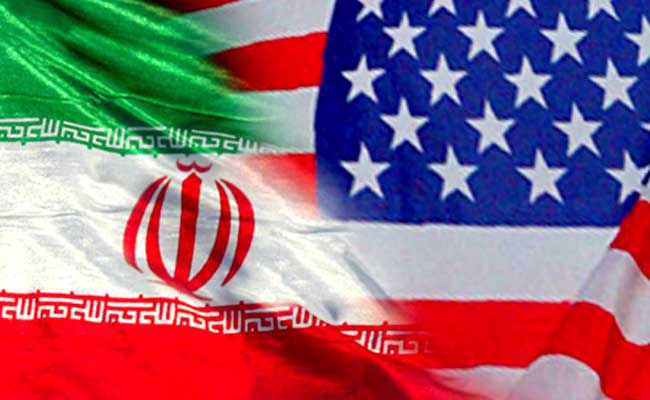Tensions between the U.S. and Iran, as well as between Iran and Saudi Arabia, are reaching a critical level, as are risks of a deliberate or accidental confrontation among these parties. Nearly two years after entering into force, the 2015 Joint Comprehensive Plan of Action (JCPOA) between Iran and the P5+1 (permanent members of the Security Council plus Germany) is in jeopardy. Simultaneously, regional dynamics across the Middle East are trending in a worrisome direction. Friction between Iran and the U.S. is growing in Iraq and Syria as the strength of their common foe, the Islamic State (ISIS), diminishes. In Lebanon, Yemen and the Persian Gulf, Israel, the U.S. and a more assertive Saudi leadership see an emboldened Iran they are determined to cut down to size.
Escalation on one front could provoke escalation on another: U.S. efforts to undermine the JCPOA could prompt Iran to respond asymmetrically by targeting U.S. forces in Iraq or Syria; Iranian actions in the region could push the U.S. executive or legislative branches to take action jeopardising the nuclear deal; another Huthi missile launch against Saudi Arabia could result in U.S. or Saudi retaliation against Iran; an Israeli strike against a target in Syria could trigger a Hizbollah response, in turn engulfing Lebanon. In short, these intersecting crises significantly increase the possibility of an intentional or inadvertent, direct or indirect confrontation between Tehran and Washington, the consequences of which could be catastrophic. Yet missing from this picture is any hint of diplomacy among principal stakeholders.
Read more: International Crisis Group, http://bit.ly/2CFqz6i
